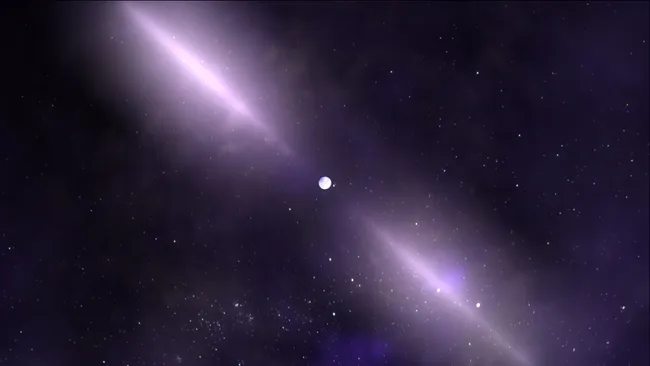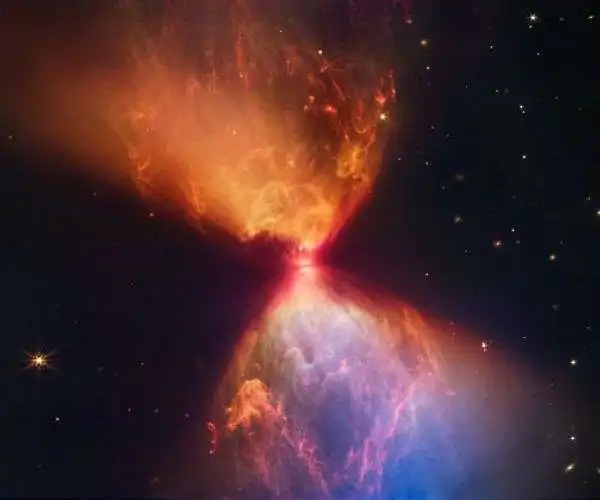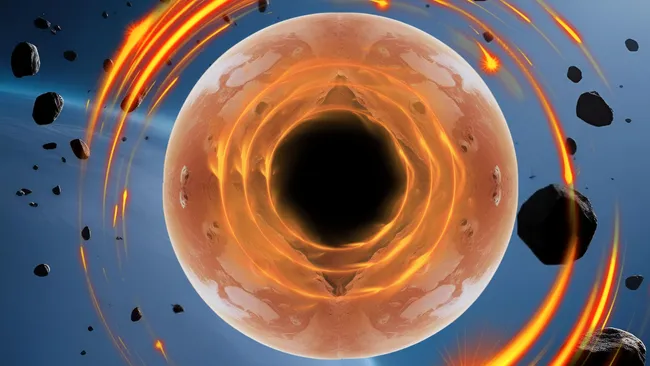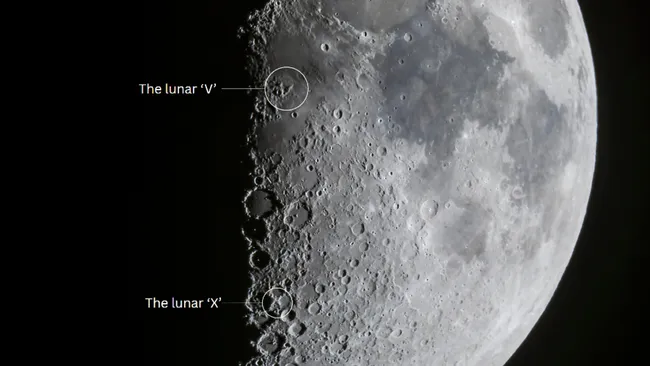A nearby binary star system Eta Cassiopeiae is Devoid of giant exoplanets, but scientists believe it may still be a decent place to Search for life in this double star system.
Located just 19 light-years away, Binary star system Eta Cassiopeiae could be a good target in the search for habitable exoplanets, according to a recent study led by University of California, Riverside astronomer Stephen Kane. Kane and his colleagues simulated the orbital dynamics of the star system and concluded that it is not home to any giant exoplanets—or any planets farther than 8 astronomical units (AU) away from its main star.
However, small, Earth-like planets might still be hanging out in the Main star’s habitable zone, waiting for astronomers to find them.
An Empty Planetary Neighborhood
Eta Cassiopeiae consists of two stars locked in an orbital waltz, circling a shared center of gravity every 472 years. The larger star (Eta Cassiopeiae A) is a G-type star slightly more massive than our sun, while its smaller partner (Eta Cassiopeiae B) is a K-type star at 57% of the sun’s mass.
Using precise data from the European Space Agency’s Gaia mission and new observations from the Keck Observatory, Kane’s team built computer simulations. They found that the outer reaches of the system are likely empty. Planets orbiting Eta Cassiopeiae A farther than 8 AU were too vulnerable to gravitational pulls from Eta Cassiopeiae B, resulting in unstable orbits that would kick the worlds out of the star system.
Complicated, But Not Impossible
The situation is more complicated closer in. The mass of Eta Cassiopeiae B makes its influence felt even near the larger star, nudging some simulated planets into long, narrow eccentric orbits.
Despite this, most of the planets placed in the Main star’s habitable zone ended up on stable orbits. This raises the intriguing possibility that the real Eta Cassiopeiae A might have some Earth-like planets orbiting where liquid water could exist.
Kane and his colleagues argue that this system is definitely worth investigating with future telescopes, such as the European Southern Observatory’s Extremely Large Telescope.
Why the Lack of Giant Planets is Good News
One factor that makes Eta Cassiopeiae so interesting for the Search for life in this double star system is its designation as Devoid of giant exoplanets. The study concluded that no giant planets could orbit Eta Cassiopeiae A within 8 AU (based on radial velocity data), and none could survive beyond 8 AU.
The absence of a gas giant is likely a good sign for life. If there were giant planets, their highly eccentric orbits—due to the binary star’s gravity—would cause them to swoop dangerously through the inner star system. Such an event would be a “nightmare” for rocky little worlds, effectively eliminating them as viable search targets for habitable zone terrestrial planets.
While there is no guarantee that Eta Cassiopeiae is home to any planets at all, the recent study suggests it is a prime candidate for future observation.







